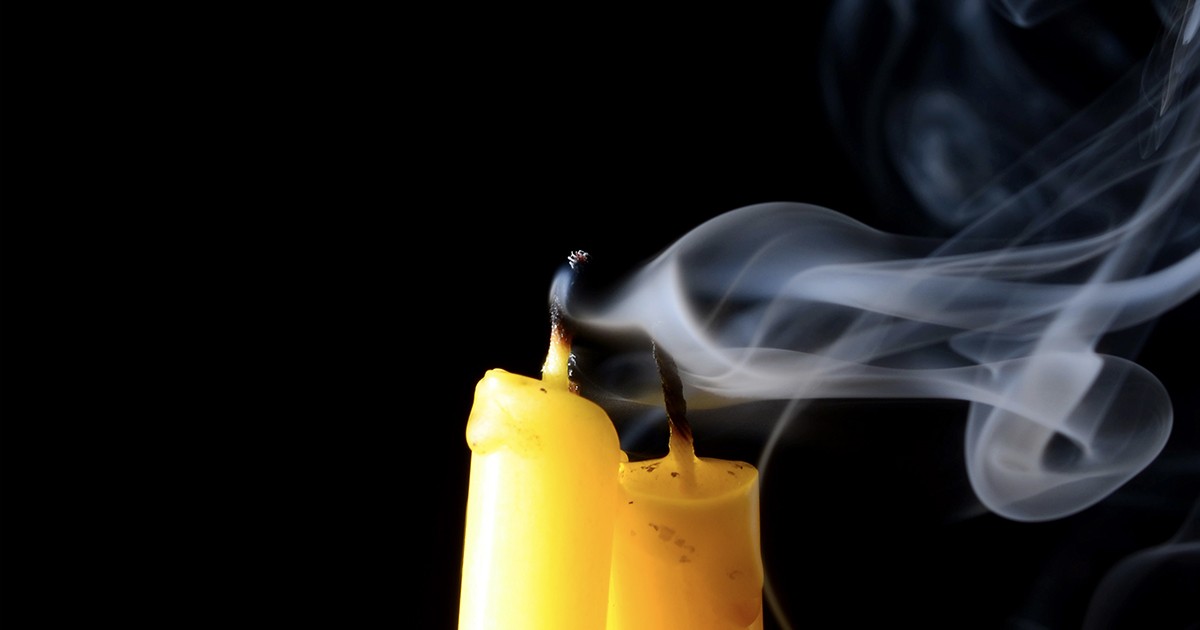
By Mary Dingee Fillmore
I’d carried my phone with me virtually every minute for the prior nine months— ever since my close friend Karen, who was a hospice nurse, was diagnosed with serous uterine cancer. Even at my summer cottage in Nova Scotia on the Bay of Fundy, the phone was right beside me. It buzzed that Karen was in the emergency room near her home in Oregon with severe abdominal pain. It must have been appalling to get her there. Karen had what seemed like endless endurance and grit, an intensely intuitive and spiritual person who called on many traditions to transcend this ultimate challenge. Although we were both close to seventy, we had often laughed about how different we were, she being “woo-woo,” and I so literal.
The next buzz said Karen had been admitted. Her other close friends and I still hoped for a miracle, or at least a gap between the miseries of chemo and her death. For several days, texts flew among the far-flung virtual support team, reflecting Karen’s life and ability to make close bonds. As a nurse, she could work anywhere, and she spent a few years in many places. There we were, in nine states from Hawaii to Maine, offering remote support while devoted local friends pitched in.
As I waited for news, I remembered accompanying Karen to the hospital for surgery, right before Christmas the year before. Typically, she planned to drive three hours from her home to the hospital in Eugene, Oregon, stay overnight in a hotel, have surgery, stay another night and drive herself home. I nixed that and flew in from Vermont. We took a long walk as we often had, this time in an ancient filbert orchard and a grove of majestic cedars. Watching her determined figure among the tall trees, I wondered how long she, too, would stand, but she was tenaciously optimistic.
While she checked into the hospital that first time, Karen learned the names of everyone we met, and something about them—how many kids, how long they’d worked there. When her doctor met me after the operation, he said “She’s got about a fifty-fifty chance, but she’s a fighter.”
“Fifty-fifty? With that diagnosis?” I’d done my research.
“Well, maybe closer to forty percent. Maybe thirty-five percent. We’ll get her going on the chemo right away.”
Nine months later as I waited for news in Nova Scotia, the verdict became “There’s nothing more they can do for her.” Did someone tell me verbally, or was it a text? “She’s being transferred to a residential hospice.” Everything shifted and blurred as I stared at the bay. Until then, Karen hadn’t given up, no matter how rotten she felt —although she had wisely made provisions for next steps “if it goes the other way.” Her affairs were in order: We knew who would empty her simple one-bedroom apartment, who would receive her Durga statue and her small collection of jewelry, and who would inherit the small bit of money she had not spent on treatment. After my trip out for the surgery, Karen had asked me to delay visiting until she felt better, “and I know you’re always with me, just not physically. You’re here.”
On the cottage deck, I tried to imagine traveling to Oregon with my seriously injured back—especially if we were in her last few months. Everyone I talked with told me I was crazy to consider it. The next day, the devastating prognosis came: One to three weeks. Could Karen’s life really end? All the intimate conversations, the laughter and silliness, her apartment alight with artifacts from her many lives?
While Karen was still lucid, we talked by phone as the sunlight sparkled on the tide—about how we had fallen into our deep friendship quickly during her Vermont years, about the view from my home office to her bedroom and how I often saw her there reading, about our endless walks and talks. We laughed about this and that. Then Karen said “After I die. . .” I hope she was blurry enough with morphine that she couldn’t hear me sobbing.
It wouldn’t be long. Unlike those who wrestle with death, Karen knew how to surrender. I couldn’t travel physically right then, but Karen believed in many kinds of presence. Thanks to the hospice staff and friends who flocked in, her last days were eased. My spouse and I spoke to Karen again, although she could no longer reply. Then we headed home to Vermont, hoping that she wouldn’t die during our journey but also praying that she would be released. When we arrived home on a hot summer evening, we lit a beeswax candle decorated with feathers and flowers in Karen’s honor. We put her first gift to me beside it, a small whorled shell she’d had for years, and a miniature Hopi bow and arrow to symbolize flight. A small Greek goddess statue stood behind the flame.
I awoke suddenly, from a deep sleep, about four o’clock in the morning. The candle had burned down so the shadow of the statue, only four inches tall, was magnified to five times her usual height. Her dancing figure was on the move in the flickering light, her body and hands and feet poised for departure. Karen would call this a sign, and for once I listened.
I texted Karen’s closest friend, Robyn, at the hospice, and she called me back immediately. She and Karen were alone for the night. We talked quietly but on the speaker phone,
reminiscing about Karen and all she meant to us. I asked, “Is that sound her breath?” It was harsh but not labored.
“Yes.”
“Could I read a poem?” I looked for one and “accidentally” found another, much lighter, something that I knew would have made her laugh in normal times. By the time I finished reading it, the rough sound had ceased.
And Karen had been right: I was there.